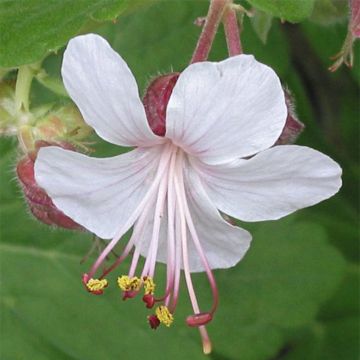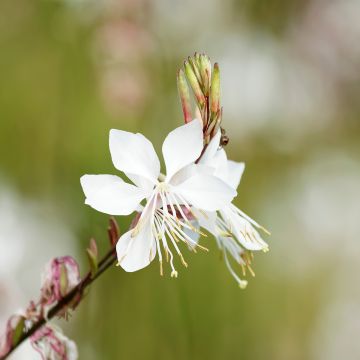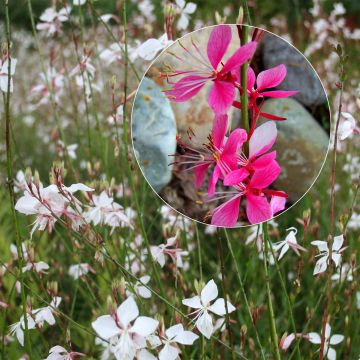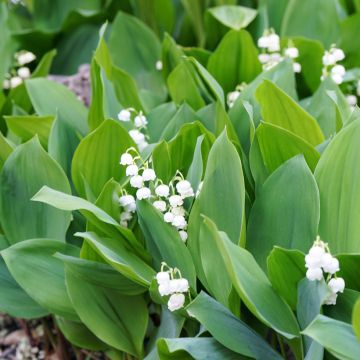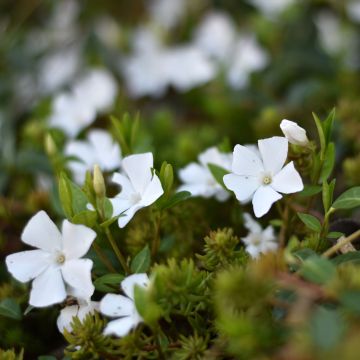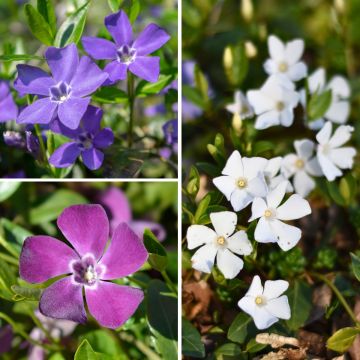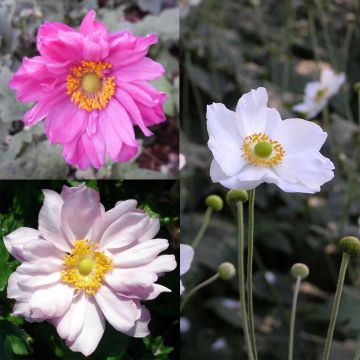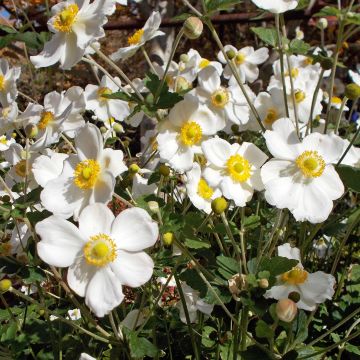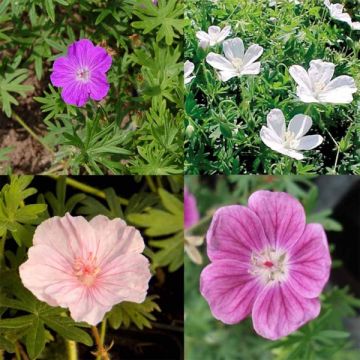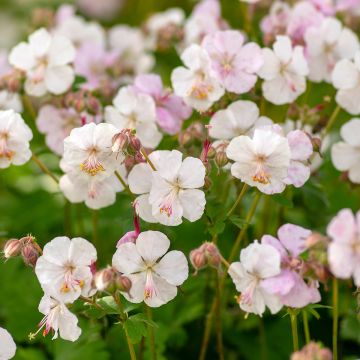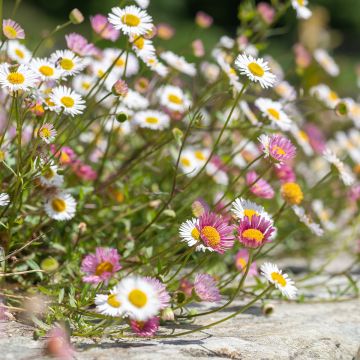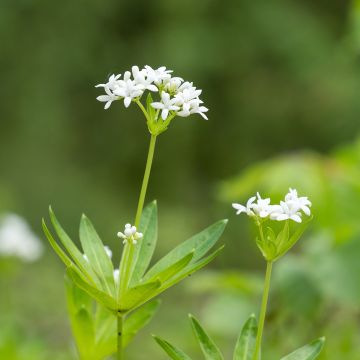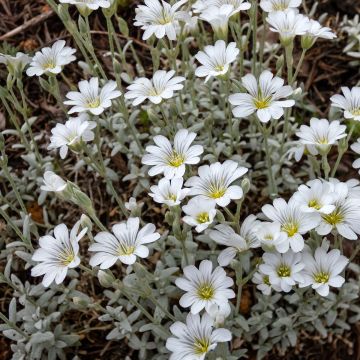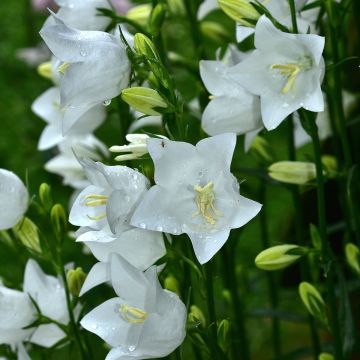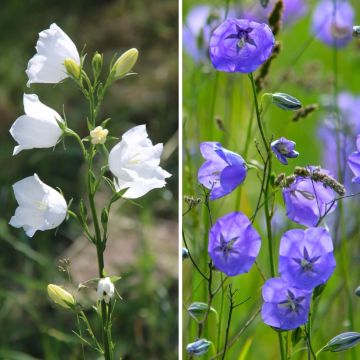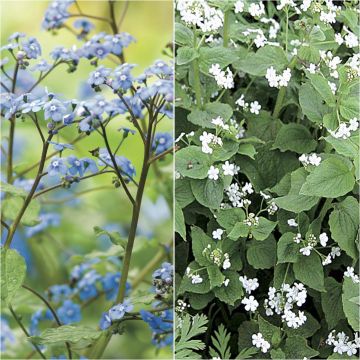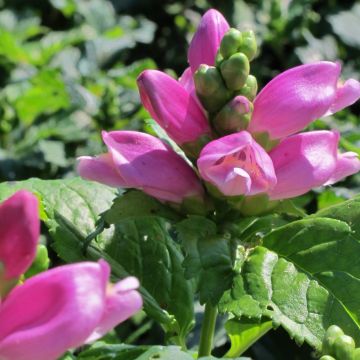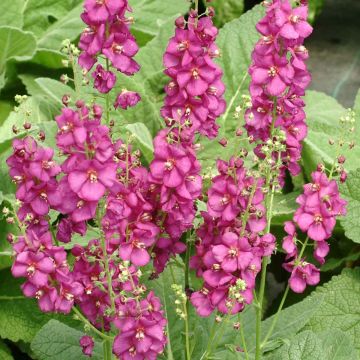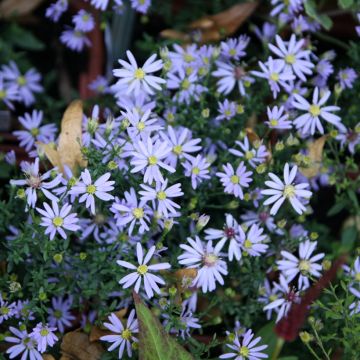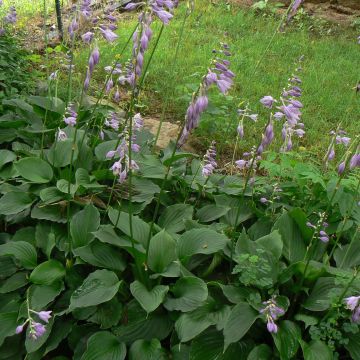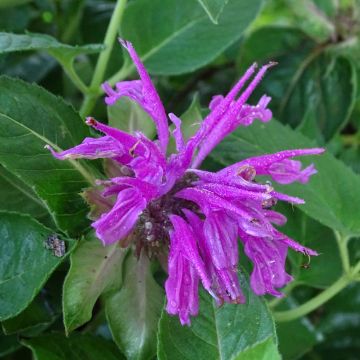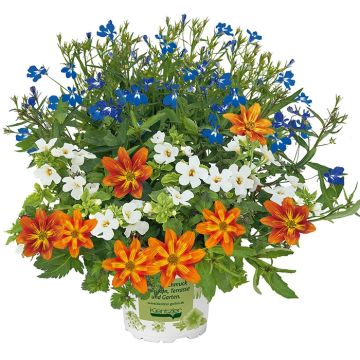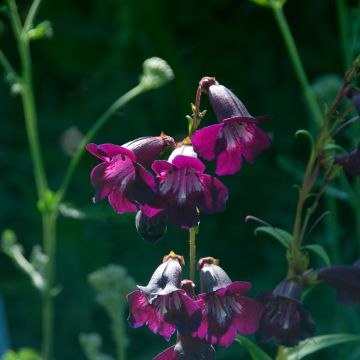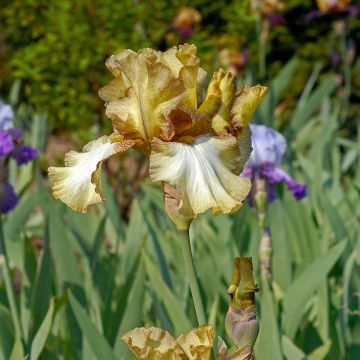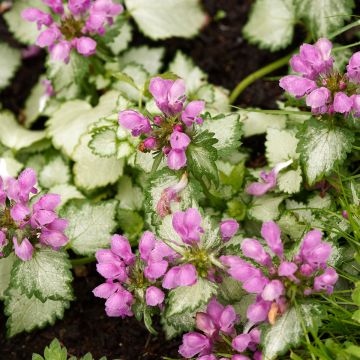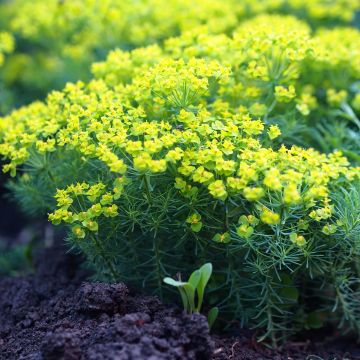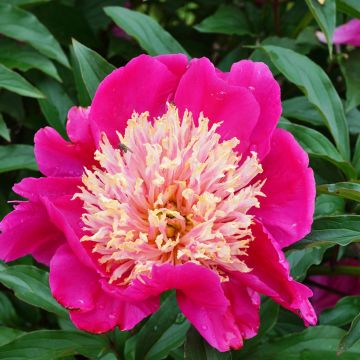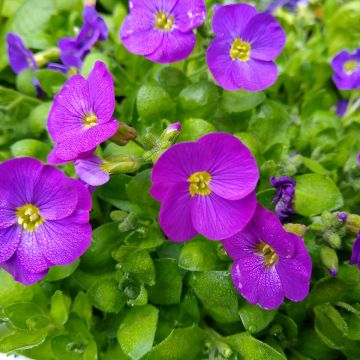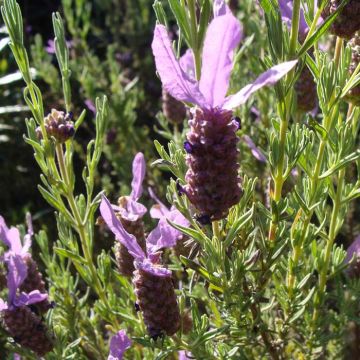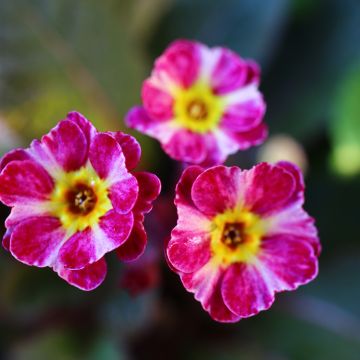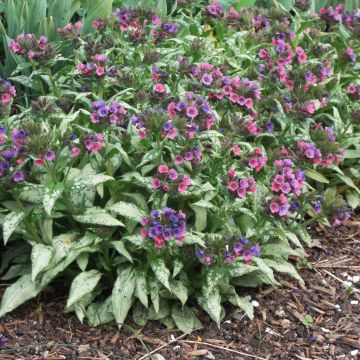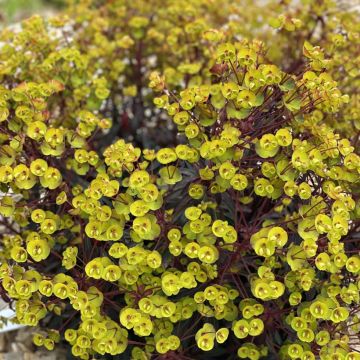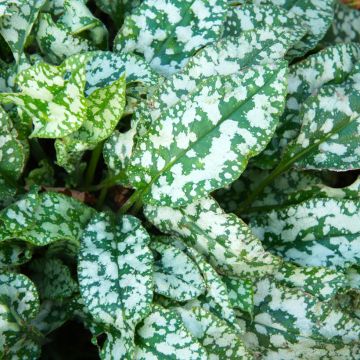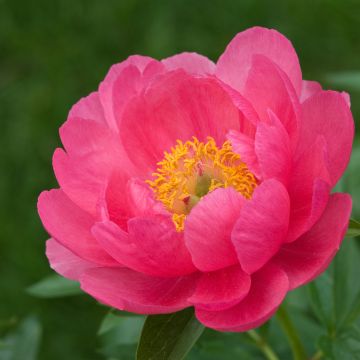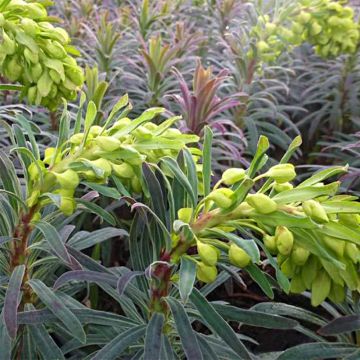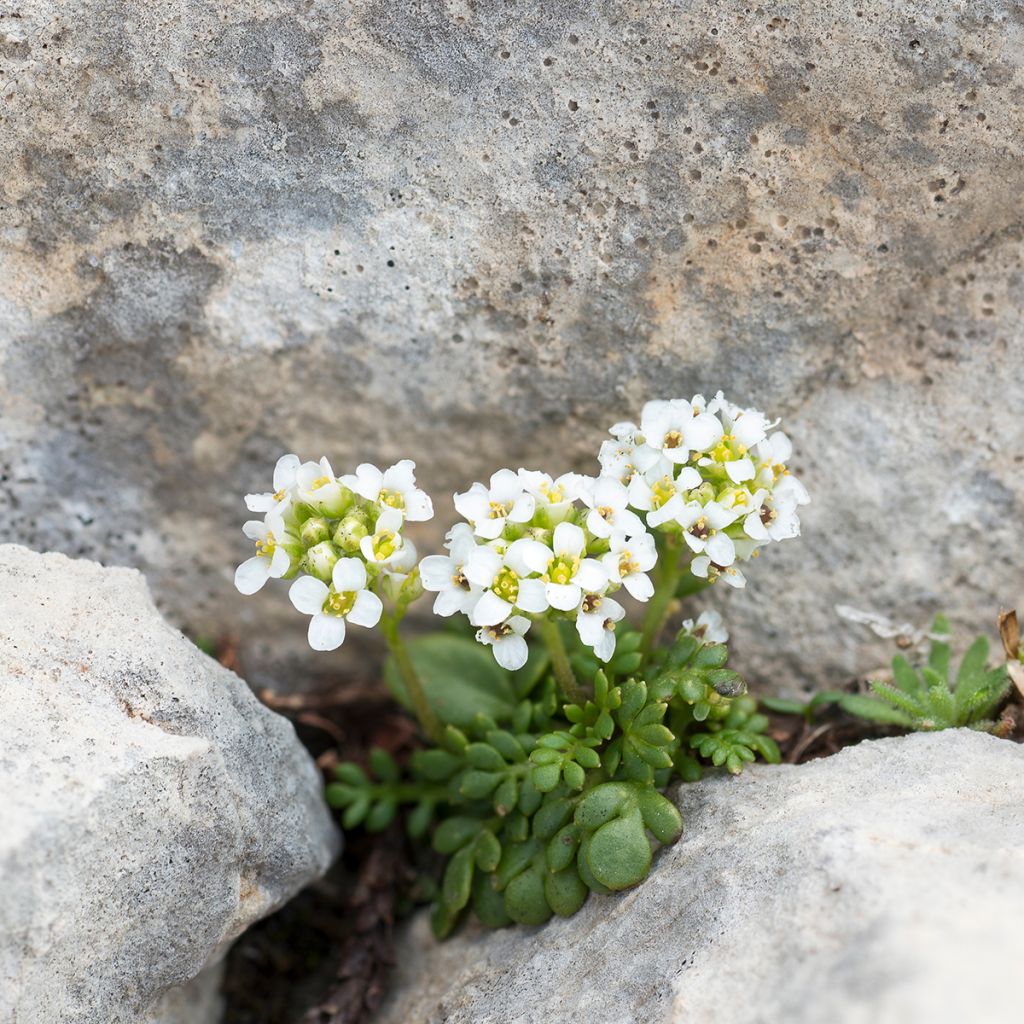

Hornungia (Pritzelago) alpina
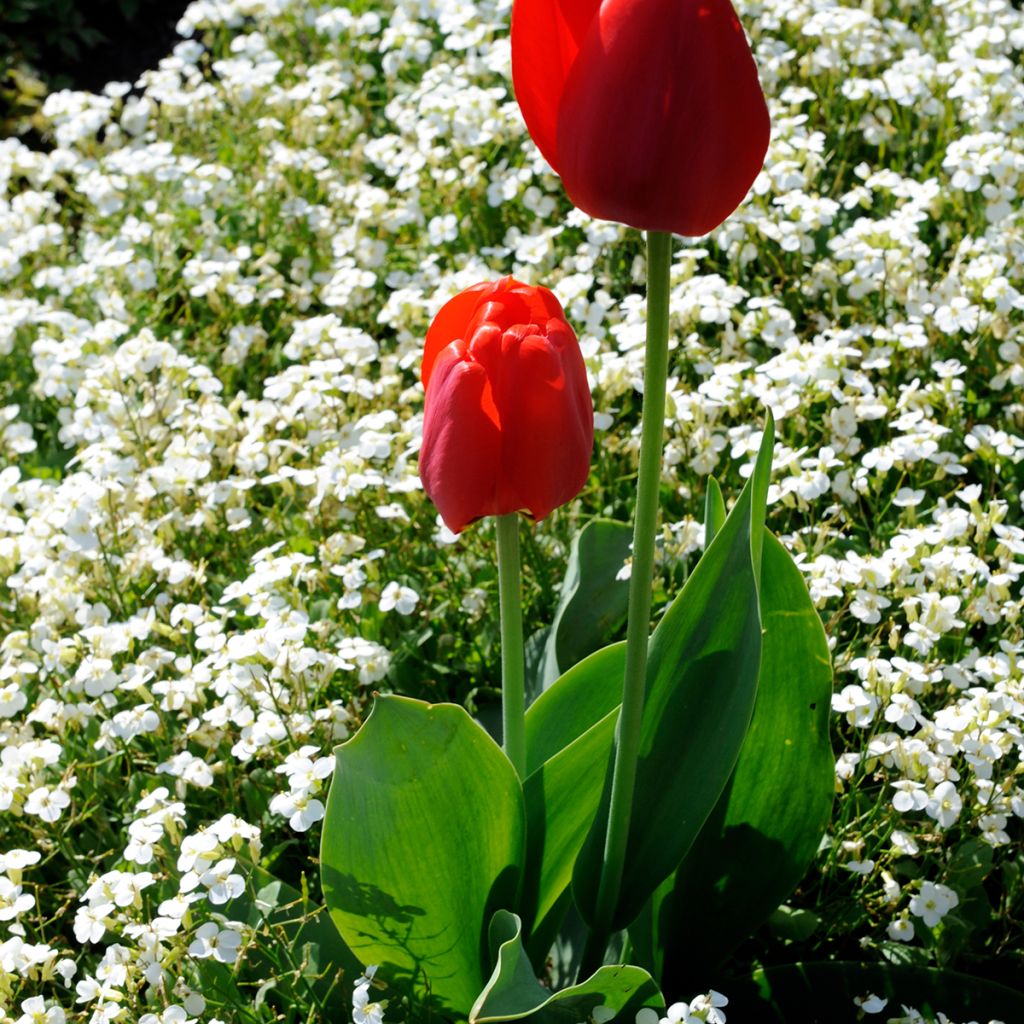

Hornungia (Pritzelago) alpina
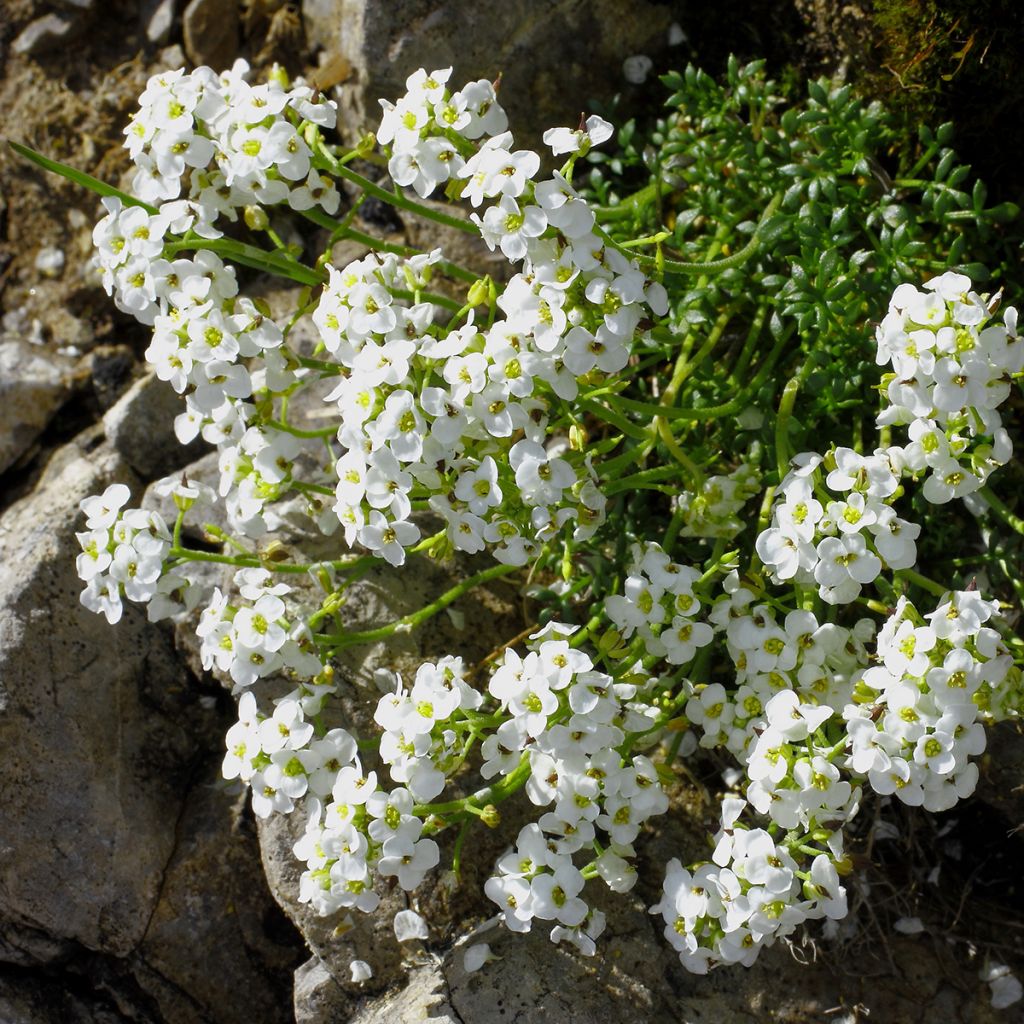

Hornungia (Pritzelago) alpina
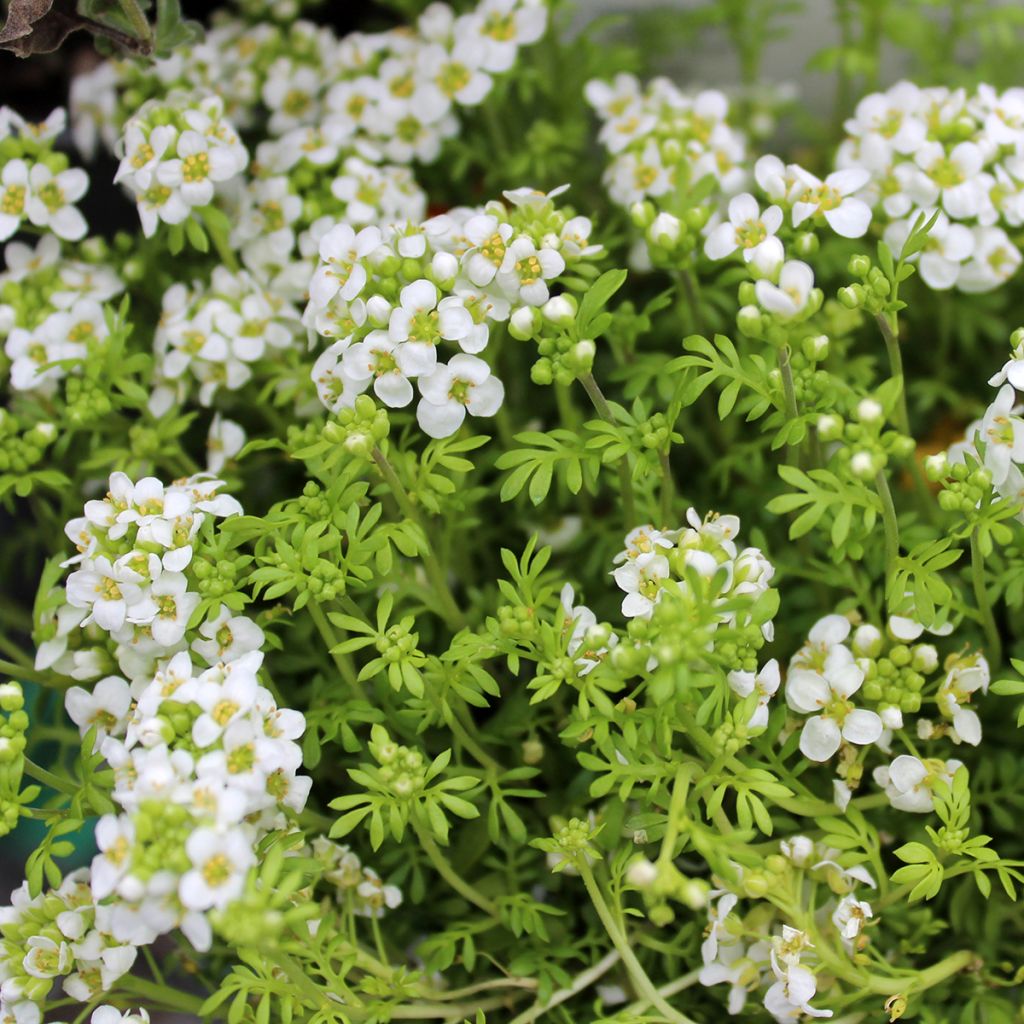

Hornungia (Pritzelago) alpina
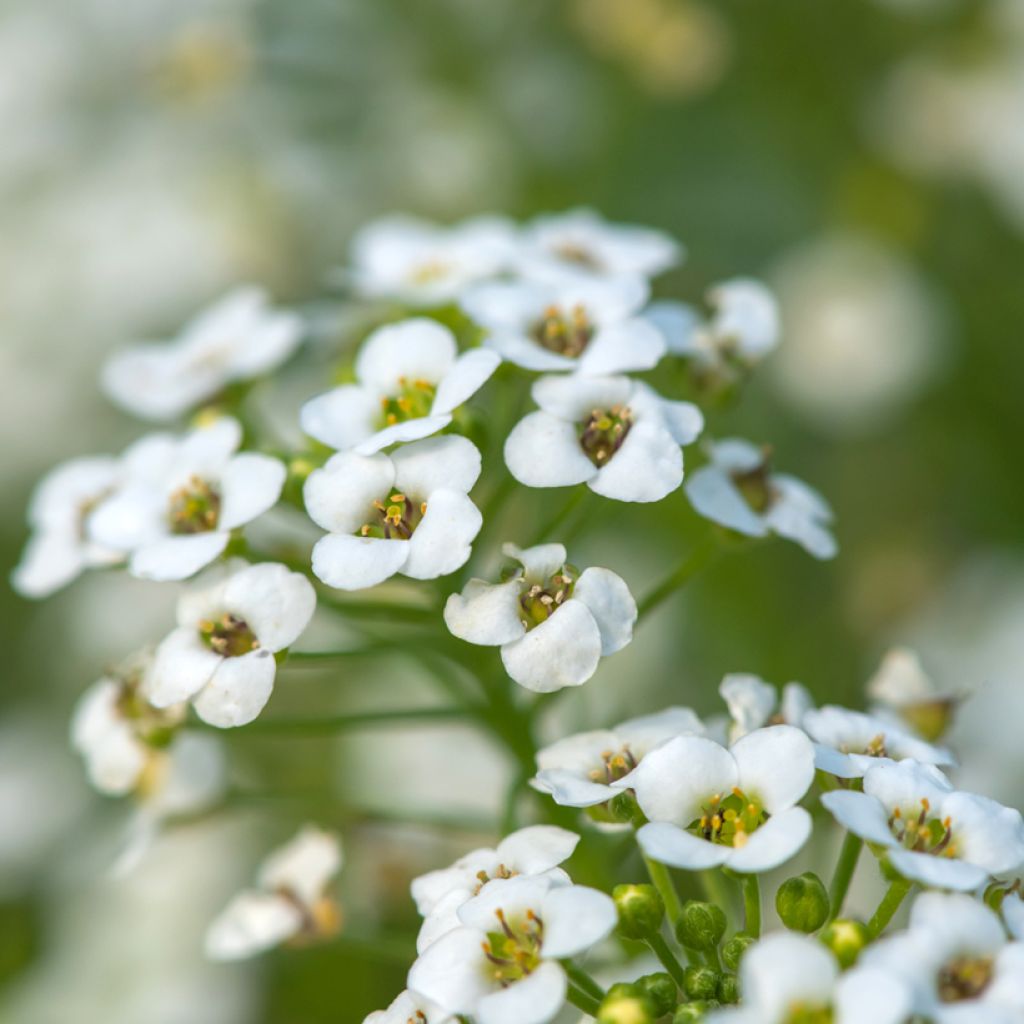

Hornungia (Pritzelago) alpina
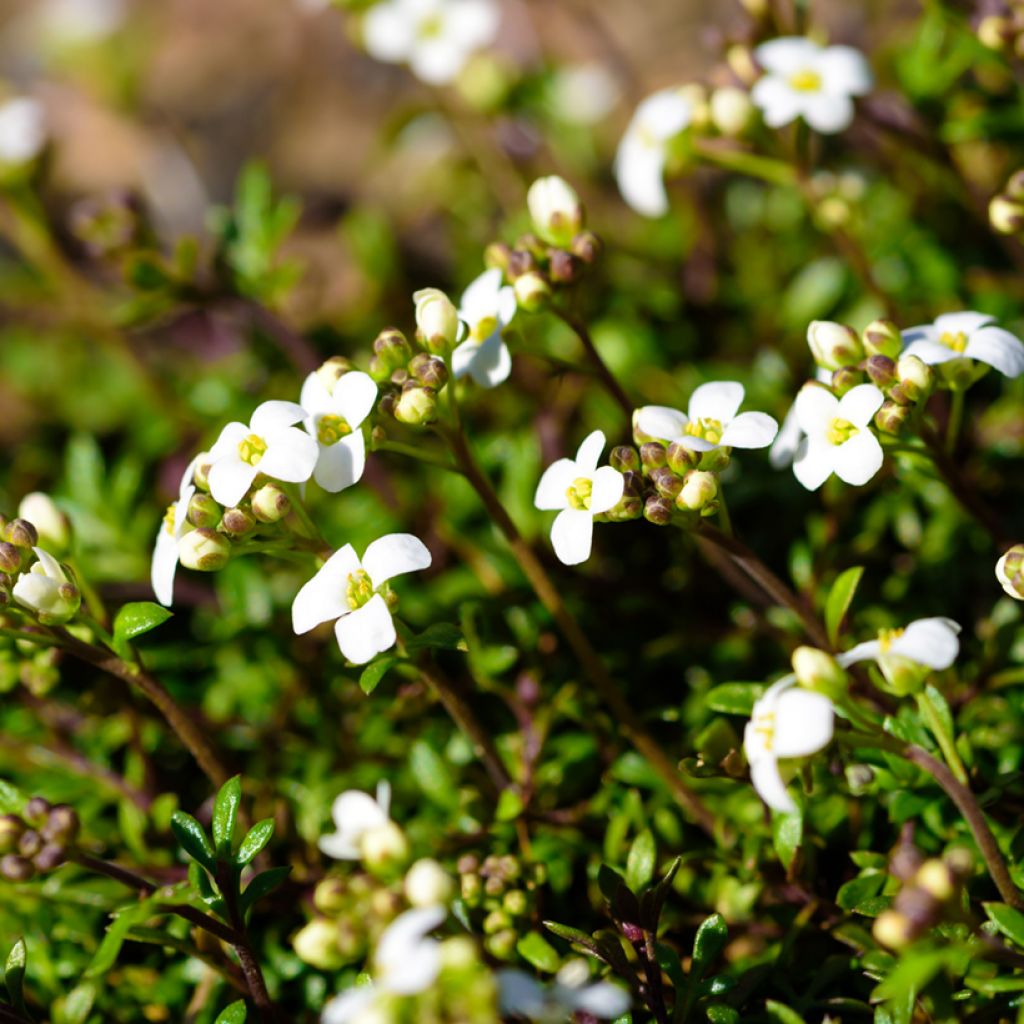

Hornungia (Pritzelago) alpina
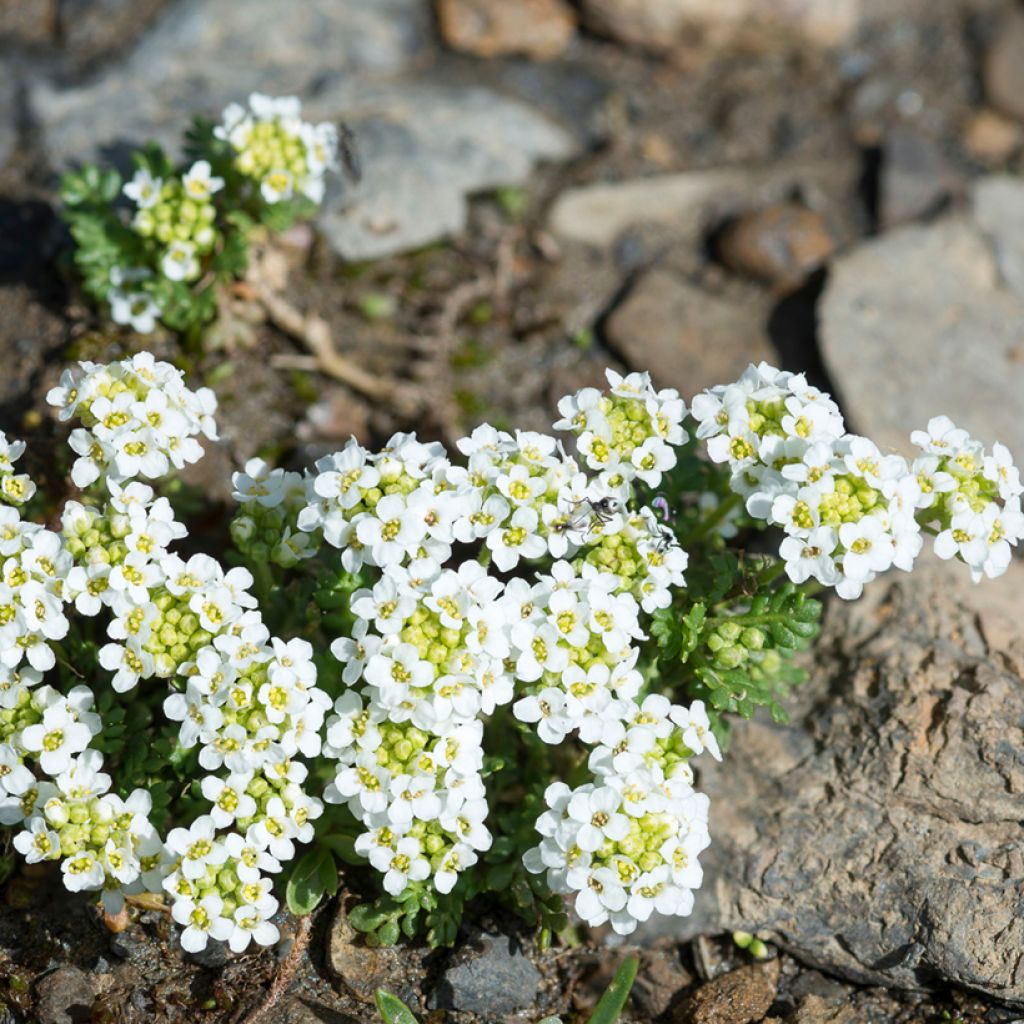

Hornungia (Pritzelago) alpina
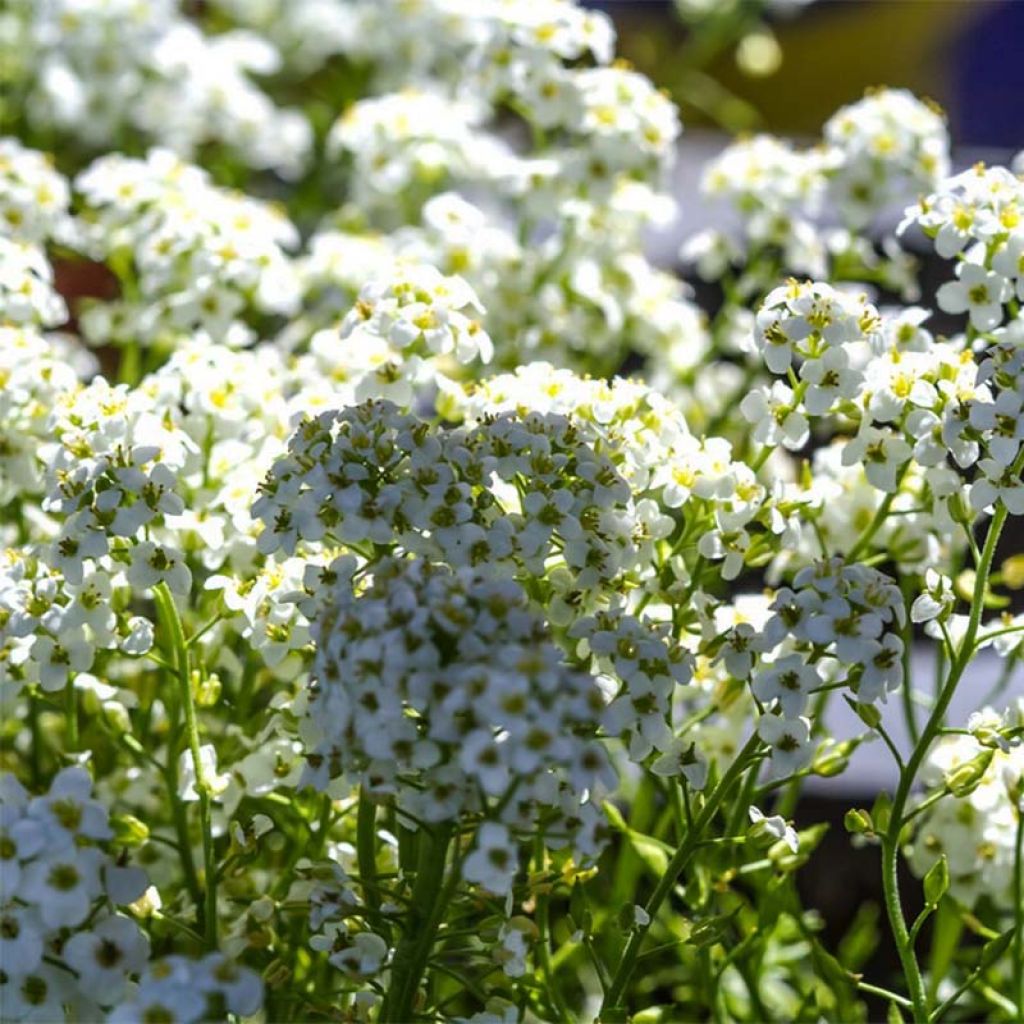

Hornungia (Pritzelago) alpina
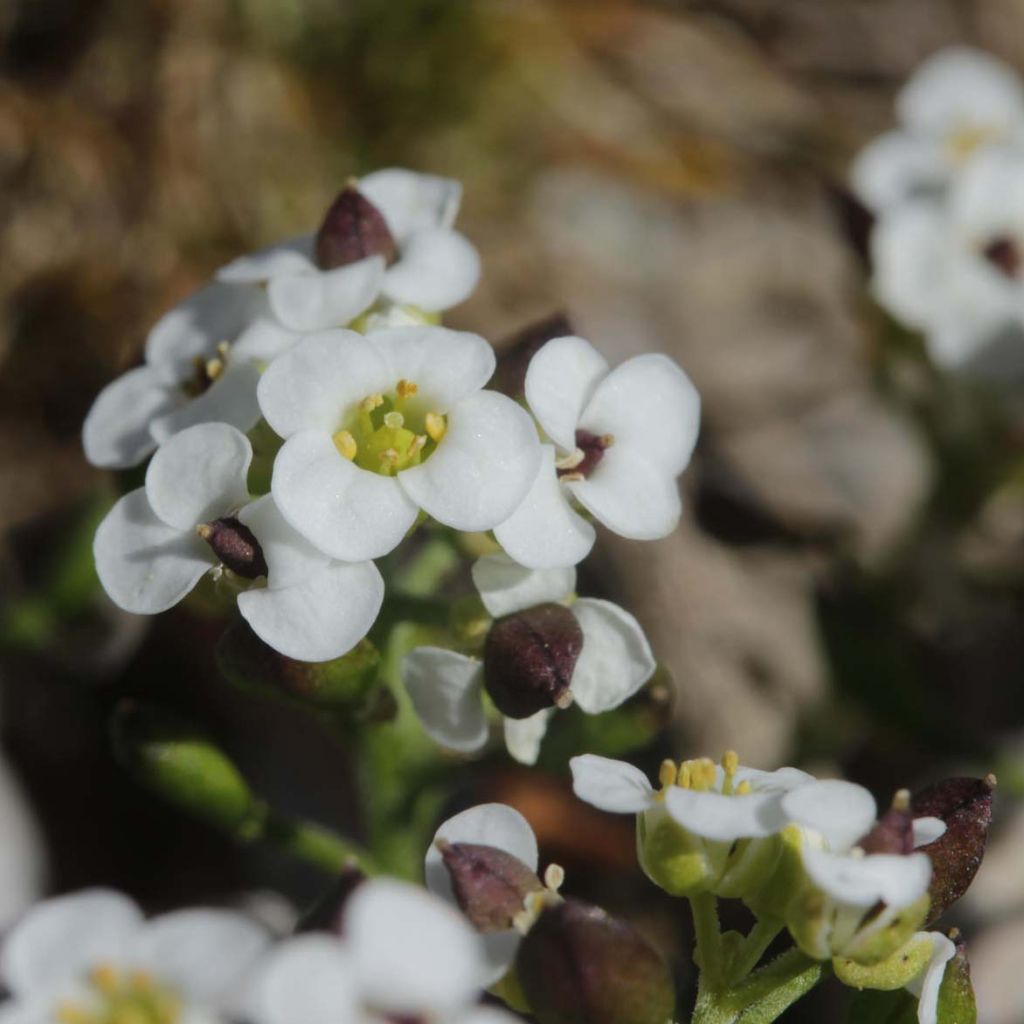

Hornungia (Pritzelago) alpina
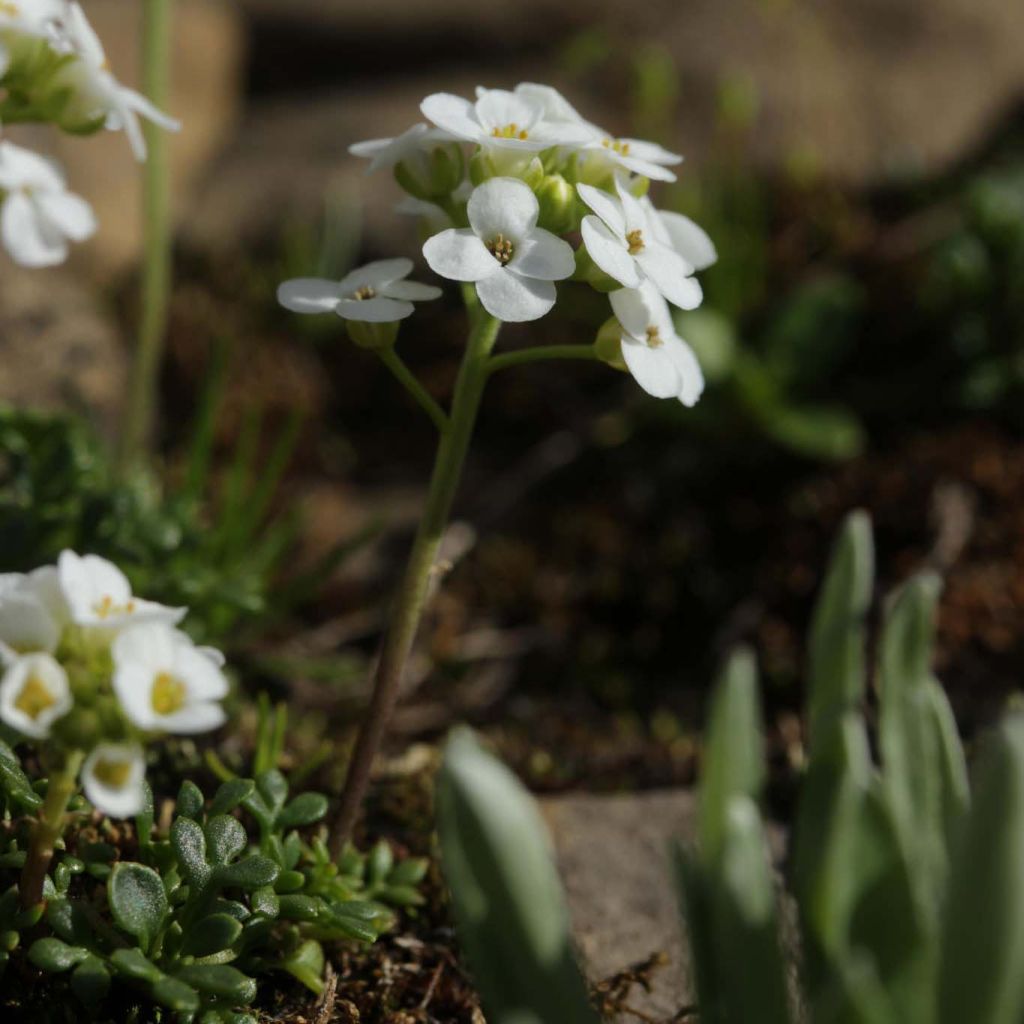

Hornungia (Pritzelago) alpina
Hornungia (Pritzelago) alpina
Hornungia alpina
Alpine Hutchinsia, Alpine Rock-cress
Why not try an alternative variety in stock?
View all →This plant carries a 12 months recovery warranty
More information
We guarantee the quality of our plants for a full growing cycle, and will replace at our expense any plant that fails to recover under normal climatic and planting conditions.
From €5.90 for pickup delivery and €6.90 for home delivery
Express home delivery from €8.90.
Does this plant fit my garden?
Set up your Plantfit profile →
Description
The Hornungia alpina, formerly known as Pritzelago alpina or Alpine Rockcress, is, as its name suggests, a plant native to humis mountainous regions. It is a very hardy perennial ground cover, with tiny evergreen and rounded foliage, of a dark green, glossy colour. In late spring or early summer, it is adorned with small clusters of pure white flowers, ideal for decorating moist to damp rockeries, which it will carpet with a flowery moss. It thrives in poor and limestone soils, watered but well-drained, and in a sunny or semi-shaded exposure in warmer climates.
Native to the mountains of Southern and Central Europe, particularly the Alps and the Pyrenees, the Hornungia alpina is a plant belonging to the brassicaceae family (crucifers), just like the Iberis sempervirens, a dry rock plant native to the Mediterranean region. Unlike its cousin, to which it bears a physical resemblance, this creeping perennial prefers the cool environments of damp scree slopes in high mountains. Its foliage is composed of pinnate leaves, divided into small oblong and narrow leaflets, measuring barely 0.5 cm (<1in), dark green, glossy, and evergreen. They are carried by prostrate stems that form a carpet of 5 to 10 cm (2 to 4in) in height and spread at least 30 cm (12in). The mats of this Alpine Rockcress, present in all seasons, are covered in June-July with inflorescences in compact cymes borne above the foliage. They consist of tiny four-petaled flowers of pure white measuring 4 to 5 mm (<1in) in diameter.
To create beautiful flowering carpets along a waterfall, near a stone staircase, or in a moist and sunny rockery, the Hornungia alpina is perfect. It can be planted alongside Aubrieta, Arabis, Carpathian Bellflowers, Campanula rupicola, and Moss Phlox. It naturally finds its place in rockeries or mountain gardens. It can also be planted in borders, in well-drained soil. It will perform well in a pot, in a substrate thst is well-drained and kept moist.
Report an error about the product description
Hornungia (Pritzelago) alpina in pictures
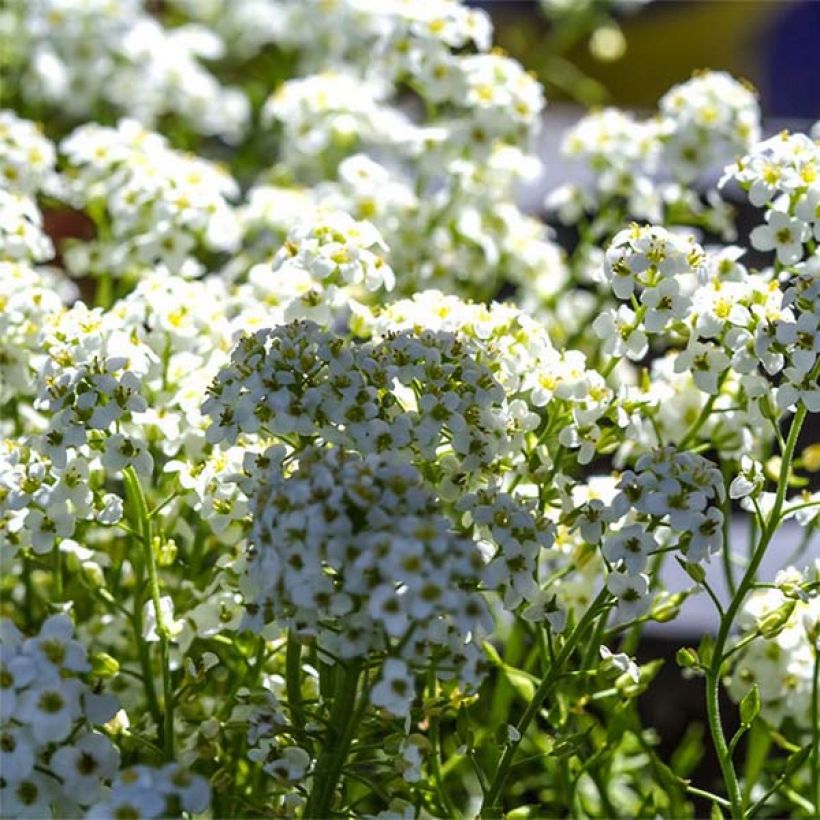

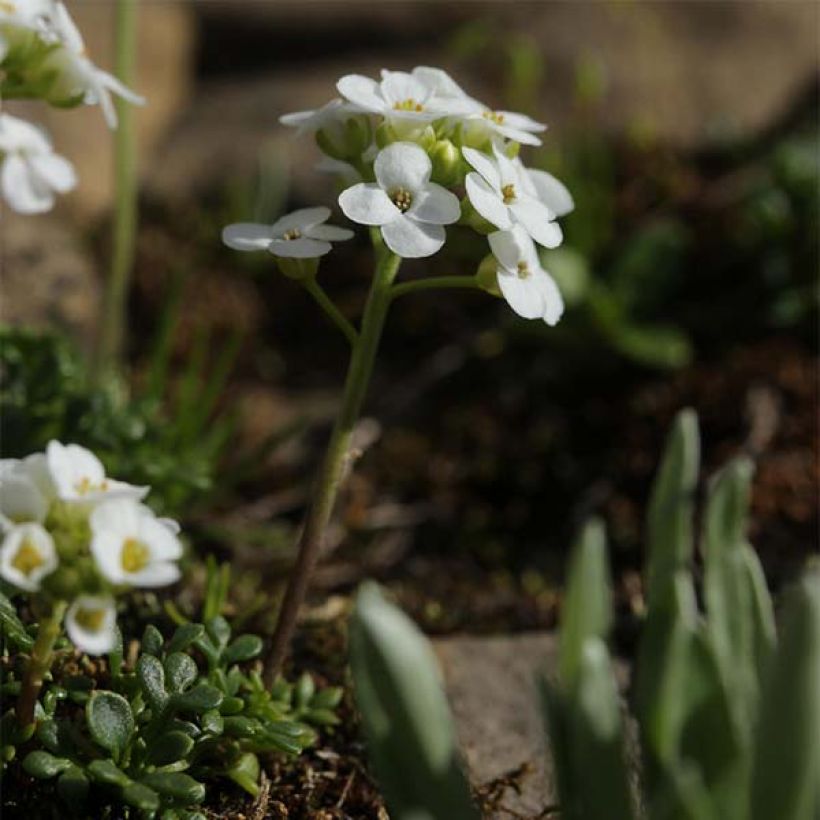

Flowering
Foliage
Plant habit
Botanical data
Hornungia
alpina
Brassicaceae
Alpine Hutchinsia, Alpine Rock-cress
Pyrenees
Other Perennials A to Z
Planting and care
The alpine cress settles in spring or autumn directly in place or in a container in a sunny spot, or partially shaded position in a warmer climate.
It will tolerate poor, even calcareous soils, as long as they remain moist without stagnant humidity. If you place it in richer or slightly heavier soil, make sure to add some gravel or river sand during planting.
Hardy, it withstands fairly intense frosts and requires no maintenance. You can simply remove faded flowers by lightly pruning if you wish to maintain a compact habit.
Planting period
Intended location
Care
This item has not been reviewed yet - be the first to leave a review about it.
Spring flowering perennials
Haven't found what you were looking for?
Hardiness is the lowest winter temperature a plant can endure without suffering serious damage or even dying. However, hardiness is affected by location (a sheltered area, such as a patio), protection (winter cover) and soil type (hardiness is improved by well-drained soil).

Photo Sharing Terms & Conditions
In order to encourage gardeners to interact and share their experiences, Promesse de fleurs offers various media enabling content to be uploaded onto its Site - in particular via the ‘Photo sharing’ module.
The User agrees to refrain from:
- Posting any content that is illegal, prejudicial, insulting, racist, inciteful to hatred, revisionist, contrary to public decency, that infringes on privacy or on the privacy rights of third parties, in particular the publicity rights of persons and goods, intellectual property rights, or the right to privacy.
- Submitting content on behalf of a third party;
- Impersonate the identity of a third party and/or publish any personal information about a third party;
In general, the User undertakes to refrain from any unethical behaviour.
All Content (in particular text, comments, files, images, photos, videos, creative works, etc.), which may be subject to property or intellectual property rights, image or other private rights, shall remain the property of the User, subject to the limited rights granted by the terms of the licence granted by Promesse de fleurs as stated below. Users are at liberty to publish or not to publish such Content on the Site, notably via the ‘Photo Sharing’ facility, and accept that this Content shall be made public and freely accessible, notably on the Internet.
Users further acknowledge, undertake to have ,and guarantee that they hold all necessary rights and permissions to publish such material on the Site, in particular with regard to the legislation in force pertaining to any privacy, property, intellectual property, image, or contractual rights, or rights of any other nature. By publishing such Content on the Site, Users acknowledge accepting full liability as publishers of the Content within the meaning of the law, and grant Promesse de fleurs, free of charge, an inclusive, worldwide licence for the said Content for the entire duration of its publication, including all reproduction, representation, up/downloading, displaying, performing, transmission, and storage rights.
Users also grant permission for their name to be linked to the Content and accept that this link may not always be made available.
By engaging in posting material, Users consent to their Content becoming automatically accessible on the Internet, in particular on other sites and/or blogs and/or web pages of the Promesse de fleurs site, including in particular social pages and the Promesse de fleurs catalogue.
Users may secure the removal of entrusted content free of charge by issuing a simple request via our contact form.
The flowering period indicated on our website applies to countries and regions located in USDA zone 8 (France, the United Kingdom, Ireland, the Netherlands, etc.)
It will vary according to where you live:
- In zones 9 to 10 (Italy, Spain, Greece, etc.), flowering will occur about 2 to 4 weeks earlier.
- In zones 6 to 7 (Germany, Poland, Slovenia, and lower mountainous regions), flowering will be delayed by 2 to 3 weeks.
- In zone 5 (Central Europe, Scandinavia), blooming will be delayed by 3 to 5 weeks.
In temperate climates, pruning of spring-flowering shrubs (forsythia, spireas, etc.) should be done just after flowering.
Pruning of summer-flowering shrubs (Indian Lilac, Perovskia, etc.) can be done in winter or spring.
In cold regions as well as with frost-sensitive plants, avoid pruning too early when severe frosts may still occur.
The planting period indicated on our website applies to countries and regions located in USDA zone 8 (France, United Kingdom, Ireland, Netherlands).
It will vary according to where you live:
- In Mediterranean zones (Marseille, Madrid, Milan, etc.), autumn and winter are the best planting periods.
- In continental zones (Strasbourg, Munich, Vienna, etc.), delay planting by 2 to 3 weeks in spring and bring it forward by 2 to 4 weeks in autumn.
- In mountainous regions (the Alps, Pyrenees, Carpathians, etc.), it is best to plant in late spring (May-June) or late summer (August-September).
The harvesting period indicated on our website applies to countries and regions in USDA zone 8 (France, England, Ireland, the Netherlands).
In colder areas (Scandinavia, Poland, Austria...) fruit and vegetable harvests are likely to be delayed by 3-4 weeks.
In warmer areas (Italy, Spain, Greece, etc.), harvesting will probably take place earlier, depending on weather conditions.
The sowing periods indicated on our website apply to countries and regions within USDA Zone 8 (France, UK, Ireland, Netherlands).
In colder areas (Scandinavia, Poland, Austria...), delay any outdoor sowing by 3-4 weeks, or sow under glass.
In warmer climes (Italy, Spain, Greece, etc.), bring outdoor sowing forward by a few weeks.

































